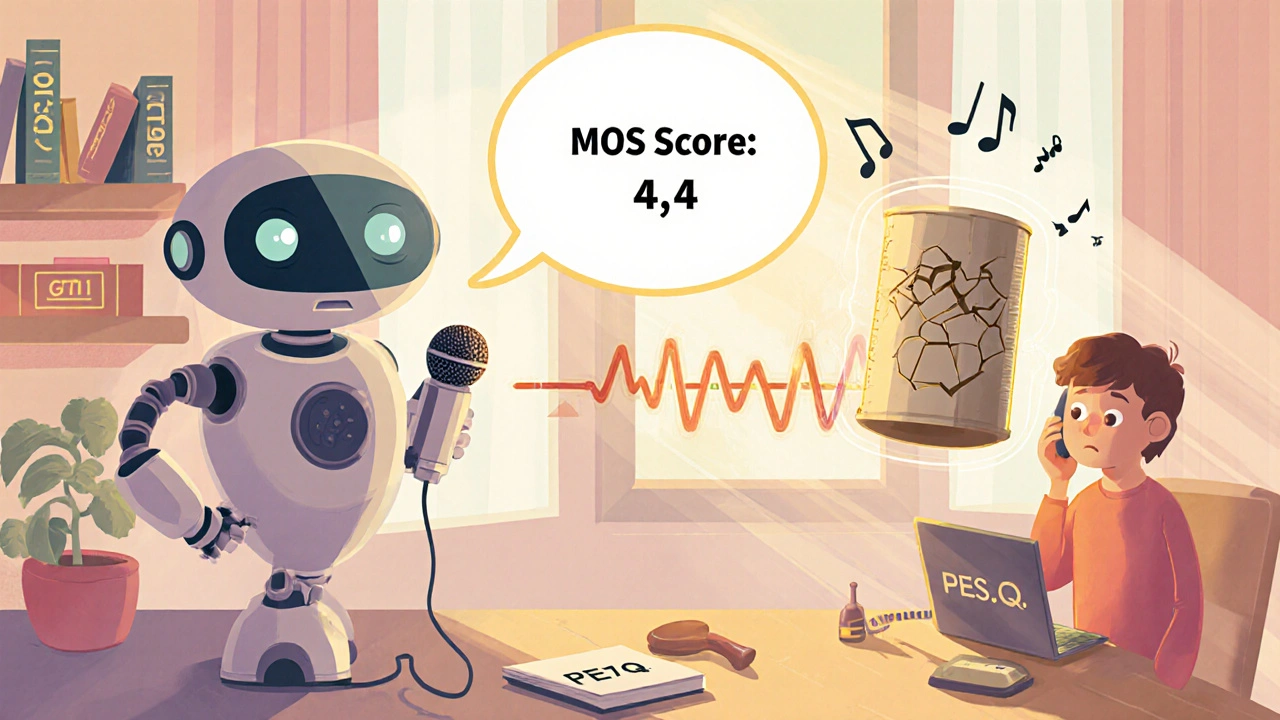PESQ Explained: How Audio Quality Metrics Improve VoIP Calls
When you make a VoIP call and the other person sounds like they’re underwater, it’s not just bad internet—it’s a problem with PESQ, Perceptual Evaluation of Speech Quality, a standardized metric used to measure how natural and clear voice sounds over digital networks. Also known as MOS score predictor, PESQ tells you exactly how much your call quality has degraded, from 1 (unusable) to 5 (perfect). Most businesses ignore it until customers complain, but PESQ is the silent judge behind every choppy call, echo, or robotic voice you hear.
PESQ doesn’t just guess—it compares the original voice signal to the received one using algorithms trained on human listening tests. It’s not about bandwidth or latency alone; it’s about what your ears actually hear. A call with 100ms latency might still score a 4.5 on PESQ if the codec handles it well. But a call with perfect latency and a bad codec? That could drop to a 2.1. That’s why two calls with the same internet speed can feel totally different. PESQ exposes the real issue: audio processing, not network speed.
Related tools like MOS, Mean Opinion Score, a human-rated scale for voice quality often used alongside PESQ for validation and POLQA, a newer, more accurate metric designed for wideband and HD voice, replacing PESQ in modern VoIP systems build on the same idea: measure what people perceive, not what machines count. If your VoIP provider claims "high quality" but won’t show you PESQ or POLQA scores, they’re guessing. Real providers test every call path—especially for call centers, remote teams, and emergency services—because a 0.3-point drop in PESQ can mean 15% more dropped calls and frustrated customers.
You’ll find PESQ referenced in posts about codec packetization, transcoding, and audio fixes because every tweak to your VoIP setup changes the score. A 10ms packet interval might improve PESQ by 0.2 points over 30ms. Transcoding from G.711 to G.729? That could cost you 0.8 points. Even something as simple as a misconfigured headset can drag your score down. The posts below show you exactly where these losses happen—and how to fix them without buying new gear.
Whether you’re troubleshooting a fuzzy call with a client, optimizing a call center’s audio, or just tired of saying "Can you repeat that?"—PESQ gives you the facts. No guesswork. No marketing fluff. Just numbers that match what your ears tell you. Below, you’ll find real-world guides on how to test, interpret, and improve your VoIP audio using this metric—and avoid the hidden pitfalls that make calls sound broken even when the network looks fine.
